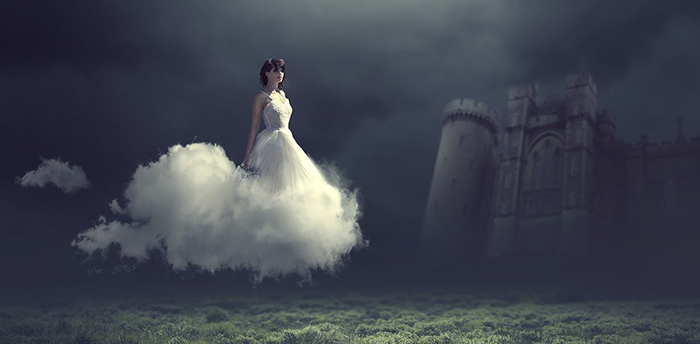Combining multiple images or elements together to create Image Manipulation
Image manipulation refers to the process of altering or modifying an image using various techniques and software tools. It can be done for various purposes, such as enhancing the visual appearance of an image, retouching imperfections, adding or removing objects, or creating entirely new compositions. There are several common methods and techniques used in image manipulation: Cropping: This involves removing unwanted parts of an image to improve composition or focus on a specific subject.
Resizing: Changing the dimensions of an image, either to make it larger or smaller, while maintaining its aspect ratio. Adjusting brightness and contrast: Modifying the Image Manipulation overall brightness and contrast levels to improve the visibility and tonal range of an image. Color correction: Correcting or enhancing the color balance and saturation of an image to achieve a desired look.
Removing or adding objects: Using techniques such as cloning, content-aware fill, or masking to remove unwanted elements from an image or add new ones. Retouching: Eliminating imperfections, blemishes, or unwanted elements on a subject's skin or in the background. Filters and effects: Applying various filters and effects to alter the visual appearance of an image, such as sepia tone, black and white, or artistic filters. Composite images:
Combining multiple images or elements together to create a new composition or scene. Image manipulation can be done using specialized software such as Adobe Photoshop, GIMP, or Corel Paint Shop Pro. These tools provide a wide range of features and functionalities to manipulate and edit images effectively. It's important to note that while image manipulation can be used for creative purposes, it can also be used to deceive or manipulate the reality portrayed in an image, which raises ethical concerns in some contexts.

Comments
Post a Comment